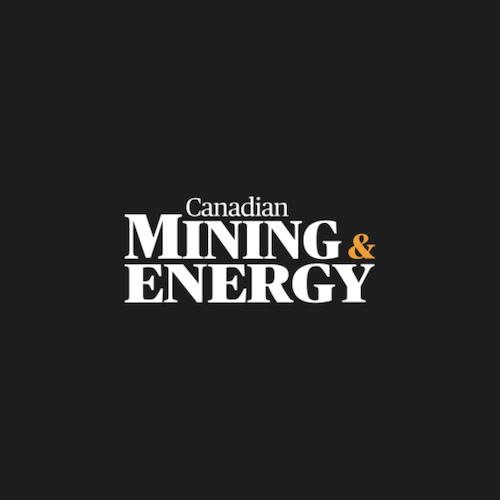Studying new ways to mine deep ore bodies

Research into mines that typically go deeper than 1,500 metres is underway by the Centre for Excellence in Mining Innovation (CEMI)—based in Sudbury, Ontario—through its SUMIT (Smart Underground Monitoring and Integrated Technologies) for Deep Mining project, which was launched in 2010.
The project’s objective is to develop technology solutions that will facilitate new deep mining projects as well as the deepening of old ones to meet a growing base metal demand driven primarily by infrastructure construction.
Damien Duff, the COO for CEMI and R&D program director for SUMIT, said over the next 25 years demand is predicted to exceed that of humankind’s demand thus far in history. According to Rio Tinto, by 2020 the global demand for copper alone is expected to increase by more than 40 per cent to 27 million tonnes.
This demand is primarily focused in the BRIC countries—Brazil, Russia, India and China—where the surge in base metal usage has been strongest.
“That growth has started to settle, but remains relatively strong and stable,” said Duff. “North America and western Europe also have an infrastructure renewal deficit that needs to be addressed.”
The numbers illustrate that in advanced mining countries like Canada, the rate of availability has deteriorated to the extent that there is no way present sources can contribute in a significant way unless companies develop more efficient and effective mining methods or discover new ore bodies.
Many deep ore bodies aren’t currently mined because the rate of production required to turn a profit is relatively high, capital construction costs are high and sufficiently low operating costs are difficult to achieve. From a geotechnical perspective, stress on the rock substantially increases at 1,500 metres, and high temperatures can be challenging for optimal equipment functionality and worker comfort.
The primary focus of the SUMIT project is mitigating geotechnical risks and developing better ways to understand how rock mass behaves when it is mined, said Duff. Distributed-array fibre-optics strain-measurement systems are used to monitor the strain on underground rock masses in a broader, cheaper and more effective way than has ever been done in the past.
A series of devices are used to measure, in a blanket-type array, small displacements occurring in the rock to provide a true sense of how tunnels are affecting the rock mass.
Researchers are also using new and old geophysical sensor technology to listen to and monitor the rock mass in “creative and informative ways,” said Duff.
“We are listening to the rock as it reacts to the stresses imposed on it and using this as a means to design mines that mitigate the risks,” he said.
Although hydraulic fracturing has somewhat of a bad reputation in oil and gas, Duff said the technology is in its infancy for an entirely different use in underground mines.
“We experience hundreds of mini-earthquakes every day that are imperceptible,” said Duff. “Deployed in underground mines, hydraulic fracturing technology presents opportunities to reduce the risks associated with stress that has built up in deep underground mines, such that it can be deflected and moved away from where people are working and from critical structures like faults that might react negatively.”
The research is also exploring how to enable increased advance rates in underground mines, specifically those that use mechanical excavation technologies. In addition, it should contribute ways to optimize energy use, which typically makes up 30 to 40 per cent of total mine operating costs. Of that, 80 per cent is associated with ventilation systems, spurring the need for ventilation-on-demand systems that use sensors and monitors to provide ventilation when and where it is required rather than in a blanket fashion.
The research leverages collaboration from six major Canadian universities and employs active mines as living laboratories—two key advantages unparalleled in the industry. The work on 16 projects has also created upwards of 100 years of training opportunities for students.
“This is a huge bonus for the industry, which is struggling to find quality people to do the work,” said Duff.